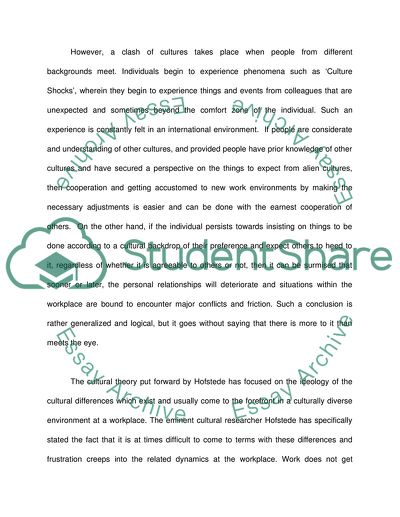Cite this document
(A Critical Examination of a Culturally Diverse Workplace in a Global Literature review - 1, n.d.)
A Critical Examination of a Culturally Diverse Workplace in a Global Literature review - 1. Retrieved from https://studentshare.org/human-resources/1554523-examine-critically-the-advantages-of-a-culturally-diverse-workplace-in-a-global-business-world
A Critical Examination of a Culturally Diverse Workplace in a Global Literature review - 1. Retrieved from https://studentshare.org/human-resources/1554523-examine-critically-the-advantages-of-a-culturally-diverse-workplace-in-a-global-business-world
(A Critical Examination of a Culturally Diverse Workplace in a Global Literature Review - 1)
A Critical Examination of a Culturally Diverse Workplace in a Global Literature Review - 1. https://studentshare.org/human-resources/1554523-examine-critically-the-advantages-of-a-culturally-diverse-workplace-in-a-global-business-world.
A Critical Examination of a Culturally Diverse Workplace in a Global Literature Review - 1. https://studentshare.org/human-resources/1554523-examine-critically-the-advantages-of-a-culturally-diverse-workplace-in-a-global-business-world.
“A Critical Examination of a Culturally Diverse Workplace in a Global Literature Review - 1”. https://studentshare.org/human-resources/1554523-examine-critically-the-advantages-of-a-culturally-diverse-workplace-in-a-global-business-world.


